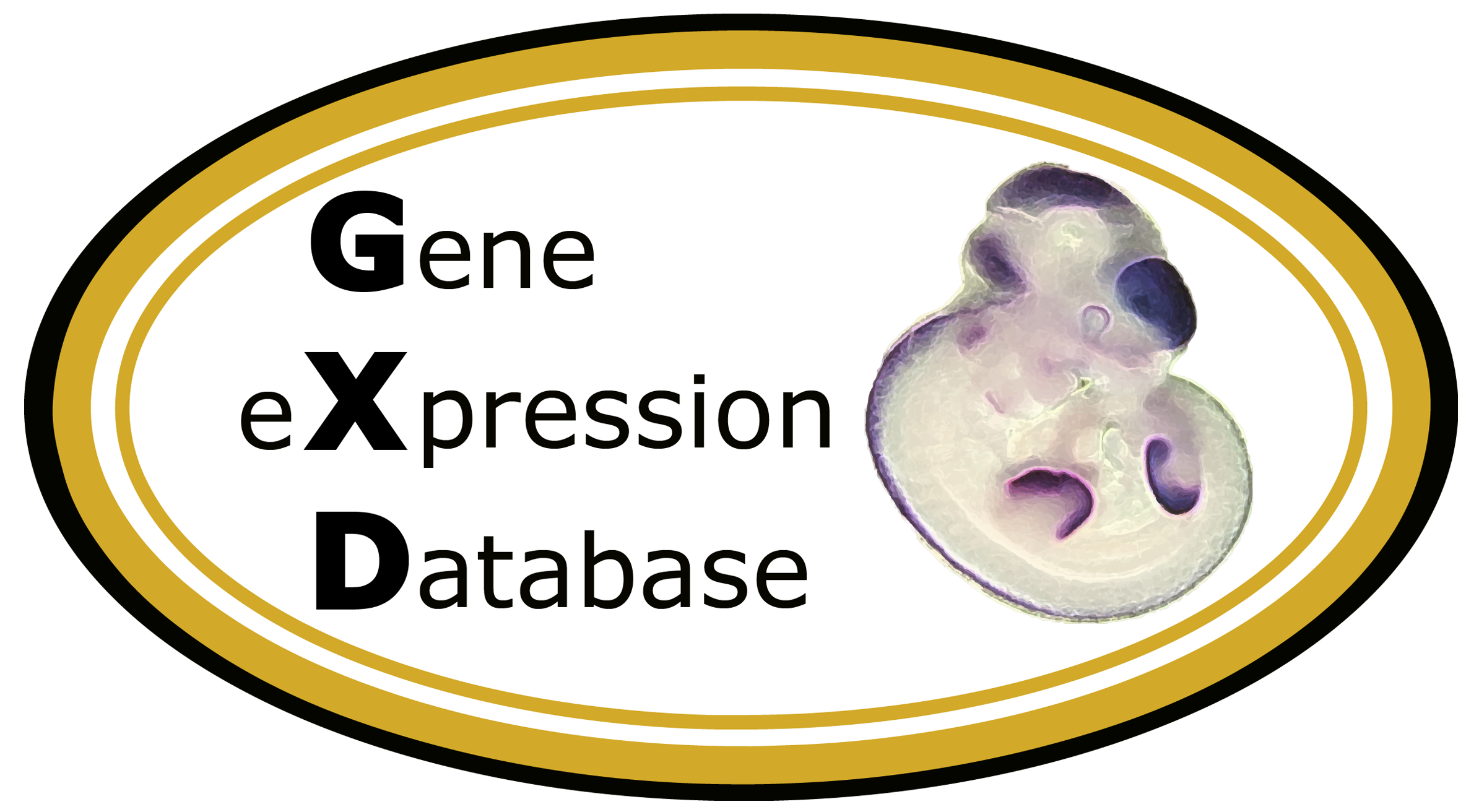|
Caption
|
RNA in situ hybridization (A,B,E,K,L) and immunohistochemistry (C,F-J,M-Q) at E8 (A), E9.5 (B), E11.5 (C-F), P2 (G,I), E18.5 (H), adult (J-Q). Control (D). A: neural plate (arrow), allantois (arrowhead). E: Parasagittal section of the head. Trigeminal ganglion (outlined with broken line). F: Serial section from the same embryo as in E. Note the trajectory of the nerve trunks and their endings in the snout region (arrows). G,I: High (G) and low (I) magnification of a section of a dorsal root ganglion. Thenucleoli of the neurons (arrowhead in G). J: Parasagittal brain section from an adult mouse. K,O,P: Parasagittal sections of cerebellum from an adult mouse. K: Purkinje cells (arrows) and neurons in the deep cerebellar nuclei of the white matter (arrowheads). P: Adjacent section to the one depicted in O. M: An adjacent section to L. N: An adjacent section to M. Q: Higher magnification of an area corresponding to the one outlined in N; Ammon's horn (arrows), granule cells (arrowheads). ba, first branchialarch; DG, dentate gyrus; h, heart; ov, otic vesicle; tg, trigeminal ganglion; v, visceral yolk sac. A,B,E,K, and L are darkfield micrographs.
|
 Analysis Tools
Analysis Tools



